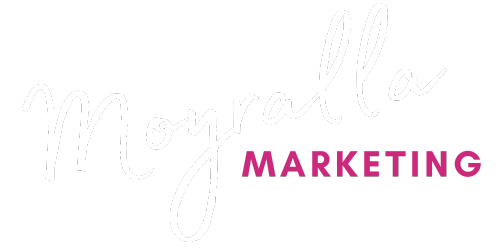How To Avoid The Spam Filter And Get Your Newsletters Seen

Newsletters are great. They let you keep in regular contact with clients and prospects, show off your knowledge and make a great avenue to promote your events and special offers to the right people. But it’s not just the writing that can be a challenge – getting them past the spam filters and into the right inbox is the biggest hurdle of all. So how do you make sure your newsletters aren’t just being filed away as spam every month?
How Do Spam Filters Work?
Spam filters might seem like a mystical force field protecting you from junk emails, but in reality they are really very simple. Spam filters are programmed to consider a long list of factors to gauge the ‘spaminess’ of every email. Every factor on this list has its own ‘spam score’, and whenever these factors are found in an email, that score gets added to a total. If the spam score total exceeds a certain number, then the email will automatically be filtered into your spam folder. If it gets over the ‘safe’ threshold but doesn’t quite meet the ‘spam’ quota, it will be flagged for you to decide. Certain terms or phrases have higher scores than others, and their use will land you right in the spam bin. For example, each of these phrases will gain you a certain number of ‘points’ in the spam column:
- Talks about lots of money (.193 points)
- Describes some sort of breakthrough (.232 points)
- Looks like a mortgage pitch (.297 points)
- Contains urgent matter (.288 points)
- Money back guarantee (2.051 points)
Some of these terms might be harmless on their own, or part of a genuine email. For example, a receipt from an online shop that reminds you of their money back guarantee if you aren’t satisfied with your purchase, or an email from a client about an urgent enquiry. That’s why the filters score the emails on multiple levels – to avoid the genuine emails being caught out by individual mistakes. So how do you write newsletters that can traverse these dangerous lands and avoid the spam filters to be opened and read?
Titles, Titles, Titles!
Be honest, how many times have you read the title of an email and deleted it straight away? Well, your customers are no different, so crafting titles that entice them to click instead of delete is vital. Don’t use all capital letters or fill it with symbols and punctuation – a spam filter will pick all these up. Instead, choose a title and content that is unique and interesting to the recipient. Not only will this avoid the spam filters (which look for general, impersonal titles), but it will encourage your readers to actually click and open your newsletter.
Carefully Chosen Text To Image Ratios
It’s a fairly well-known fact that spammy emails are often packed with images, and don’t have much text content at all. That’s because a few years ago spammers realised that filters can’t read what’s in an image, only the text, so they saw this as the best way to beat the filters. To combat this, spam filters were adjusted to be cautious of emails with very little text and a lot of images, or one very large image. To clarify – using images in newsletters is a great way to break up text and grab attention, but just be careful that you don’t use too many, and that they aren’t too big, or you could be caught out.
Sending Email Address
It might seem like a small thing, but the email address you send your message from is incredibly important. Messages from emails like ‘noreply@’ or nondescript emails like ‘info@’ or ‘enquiries@’ are much more likely to be put in the spam folder, because they aren’t being sent by a specific person. If you don’t want all of your newsletter related emails coming to your main address, set one up that is specifically for that, but still includes your name and company. That way your newsletter will not only end up in someone’s inbox, but they will know who it’s from straight away, and if they want to read it.
Of course, there are thousands of other ways to get around spam filters, but not all of them work that well, and not all are completely honest. The best way to get your newsletter read is to make sure you are sending out regular emails full of useful, relevant information. This won’t just get your newsletter read, but it will also encourage engagement and improve your sales as well! For more information on crafting the perfect newsletter, check out our training and marketing services.
